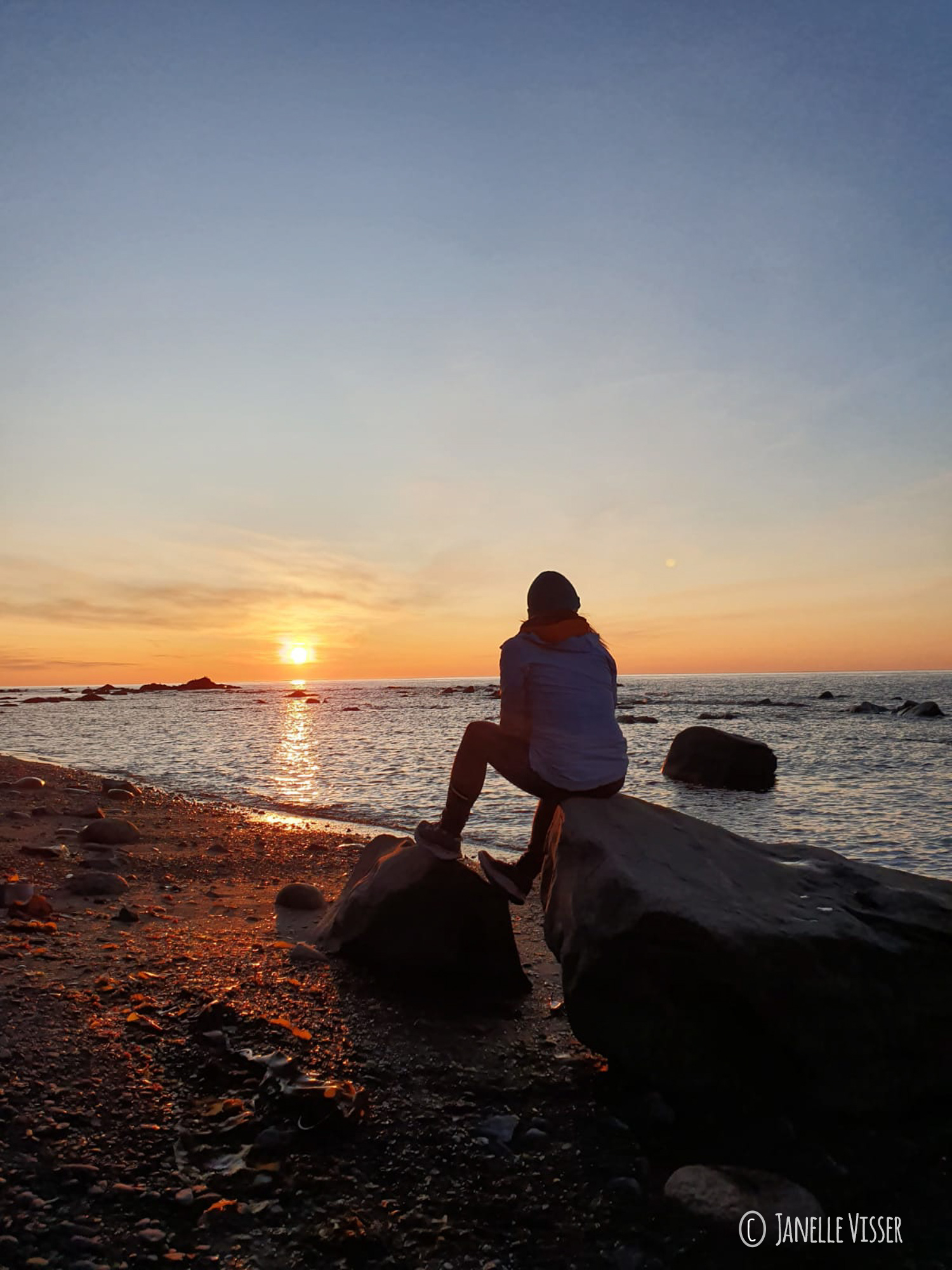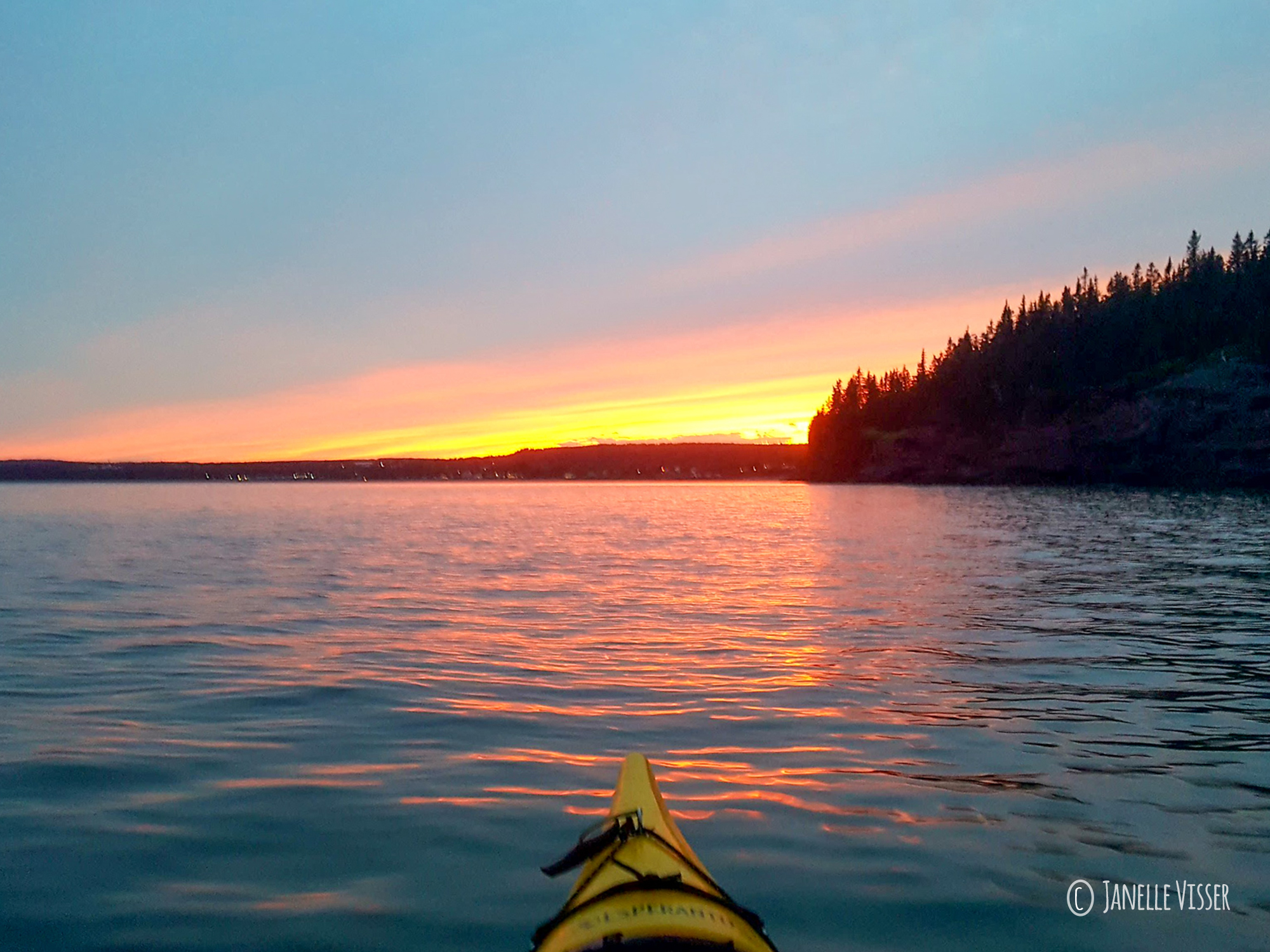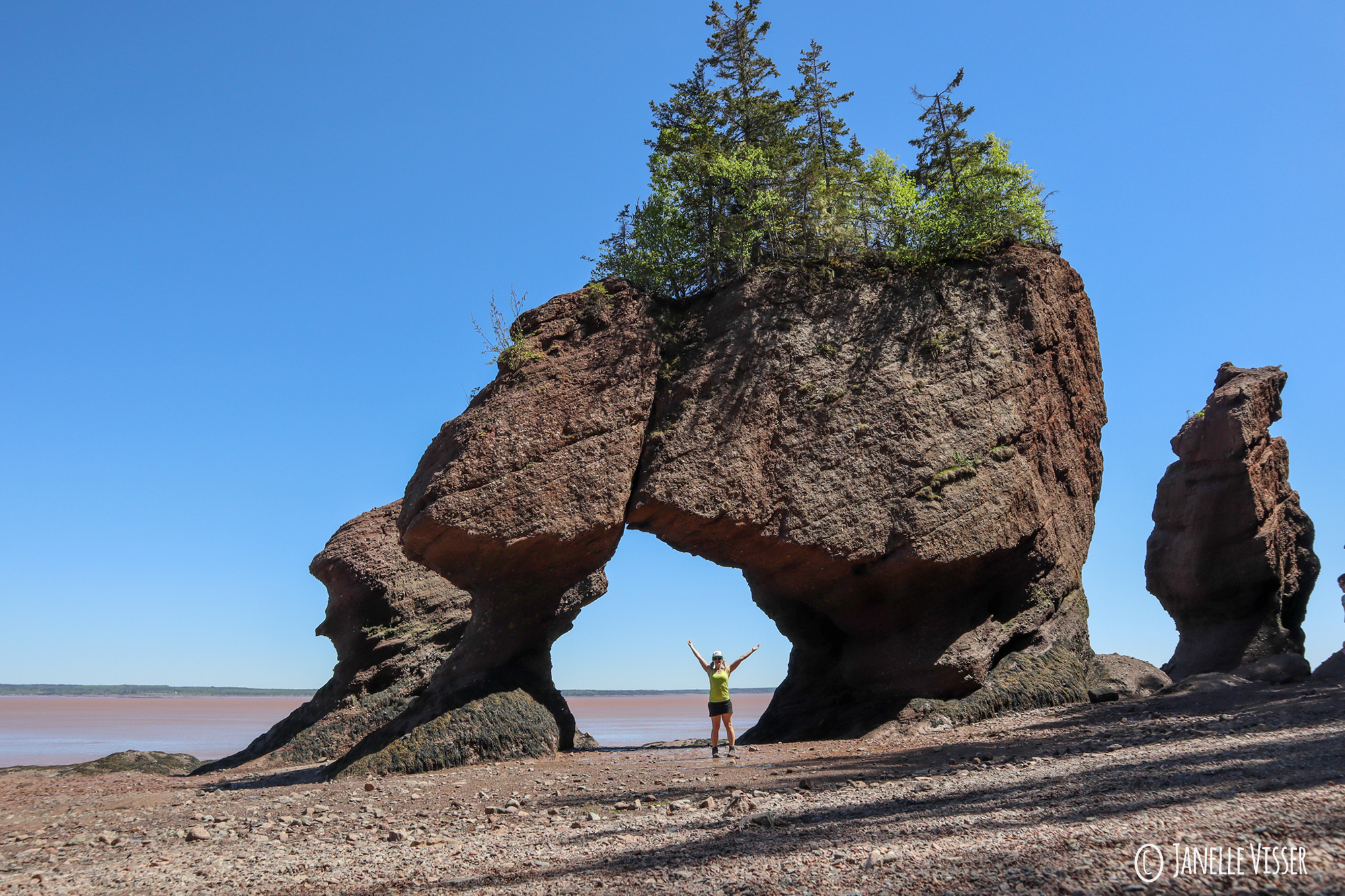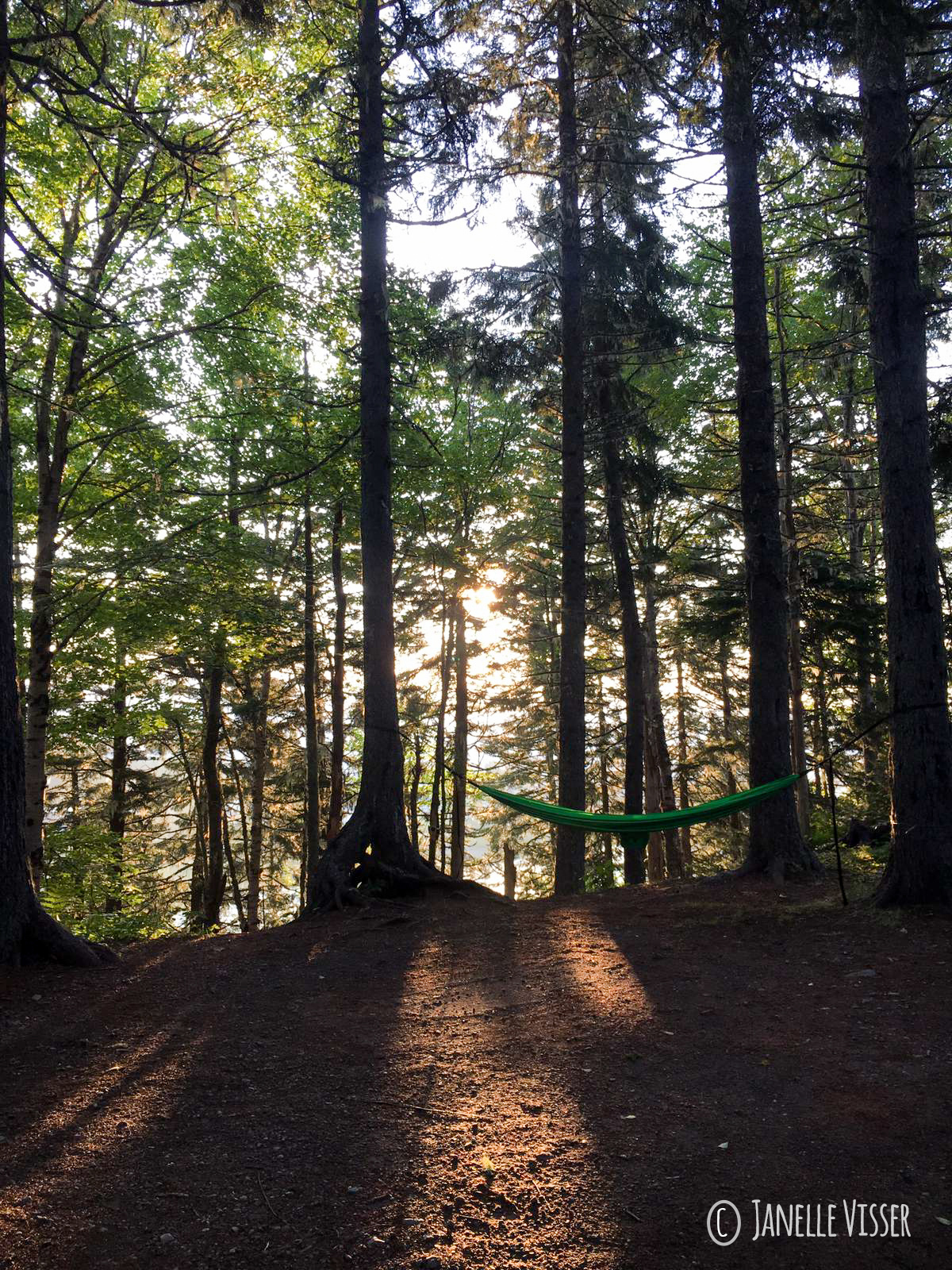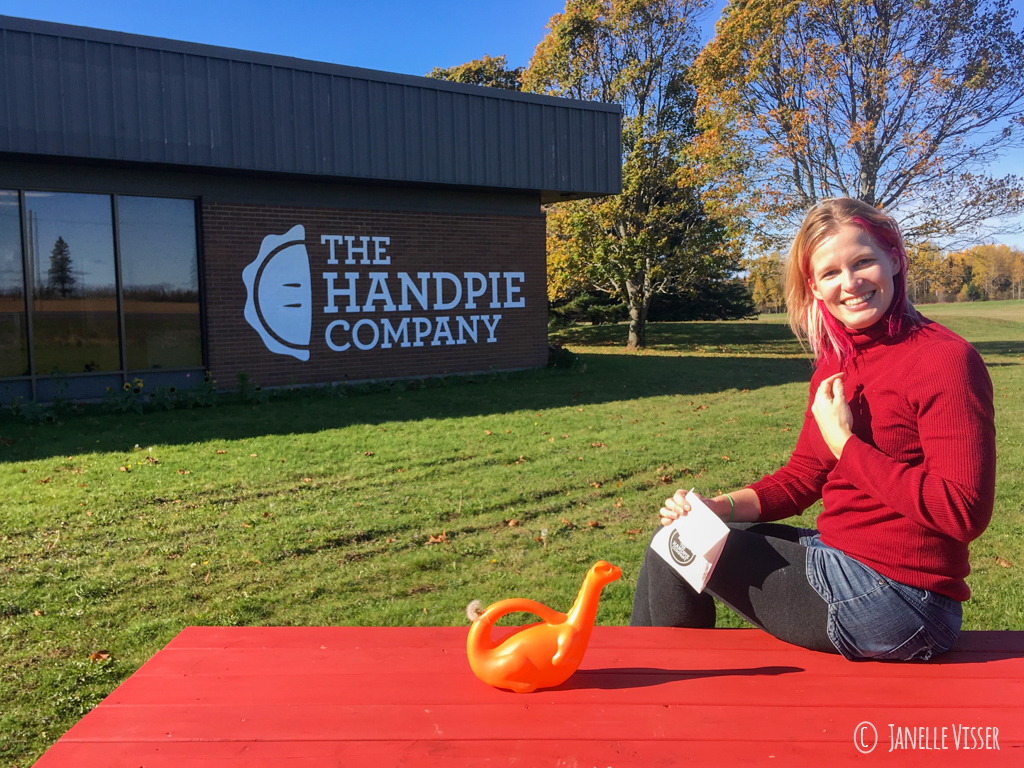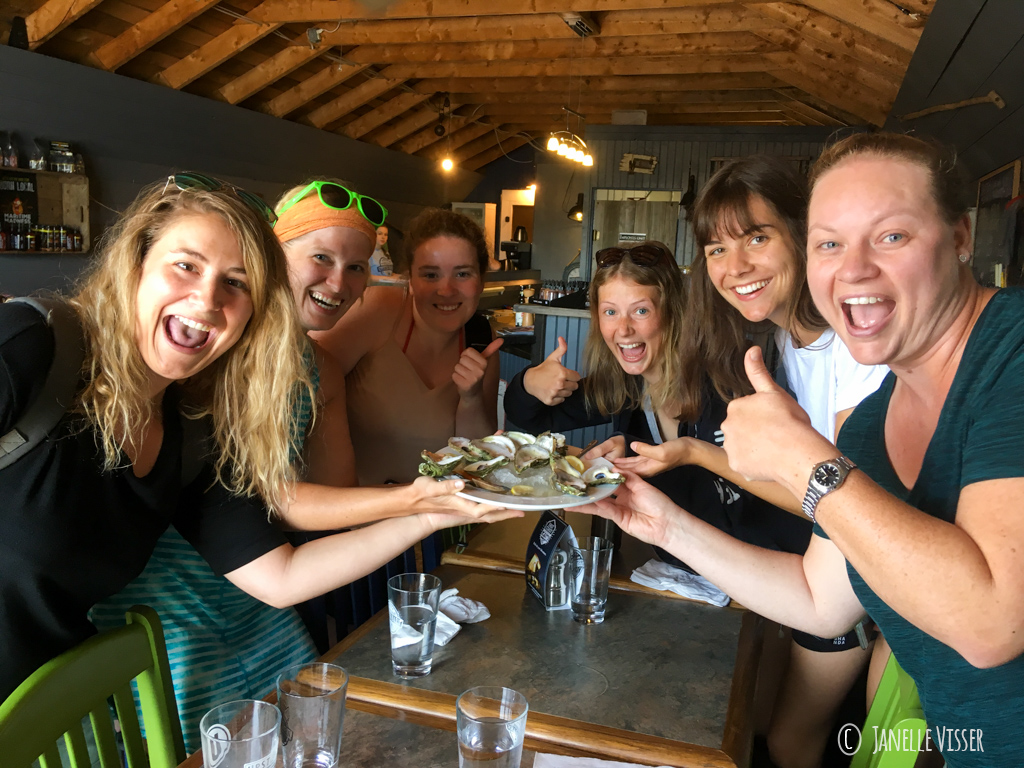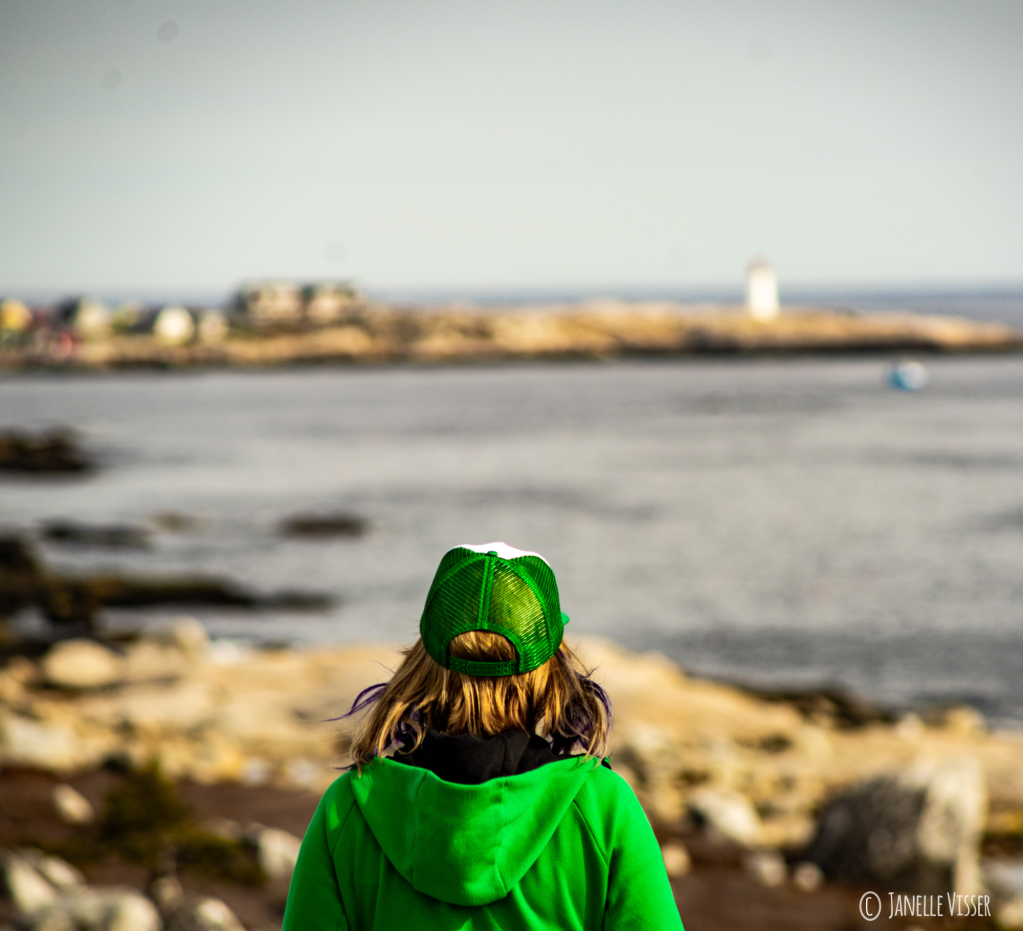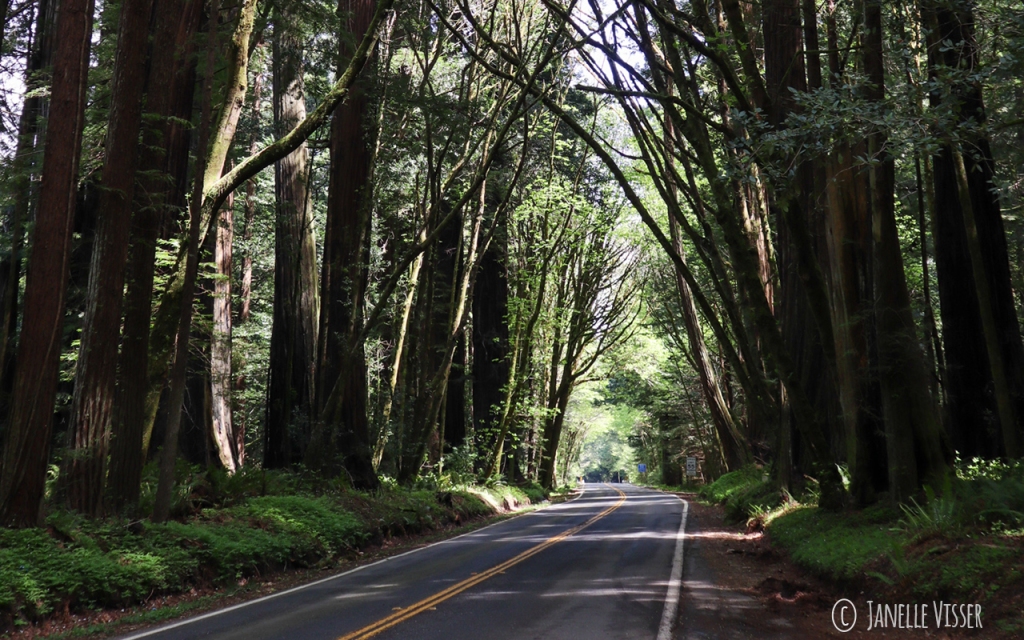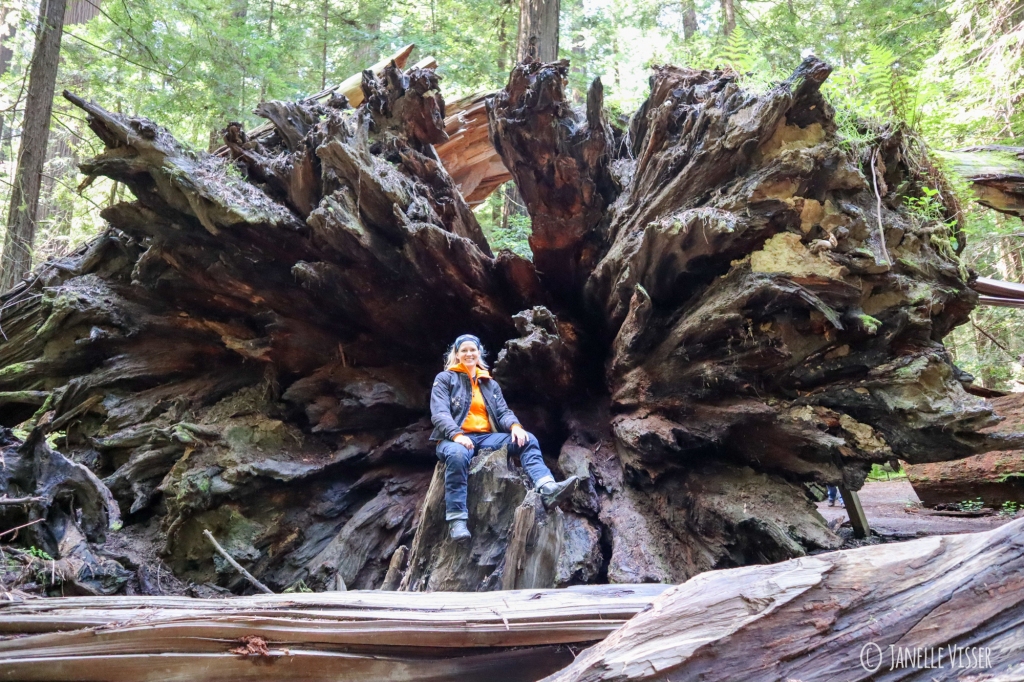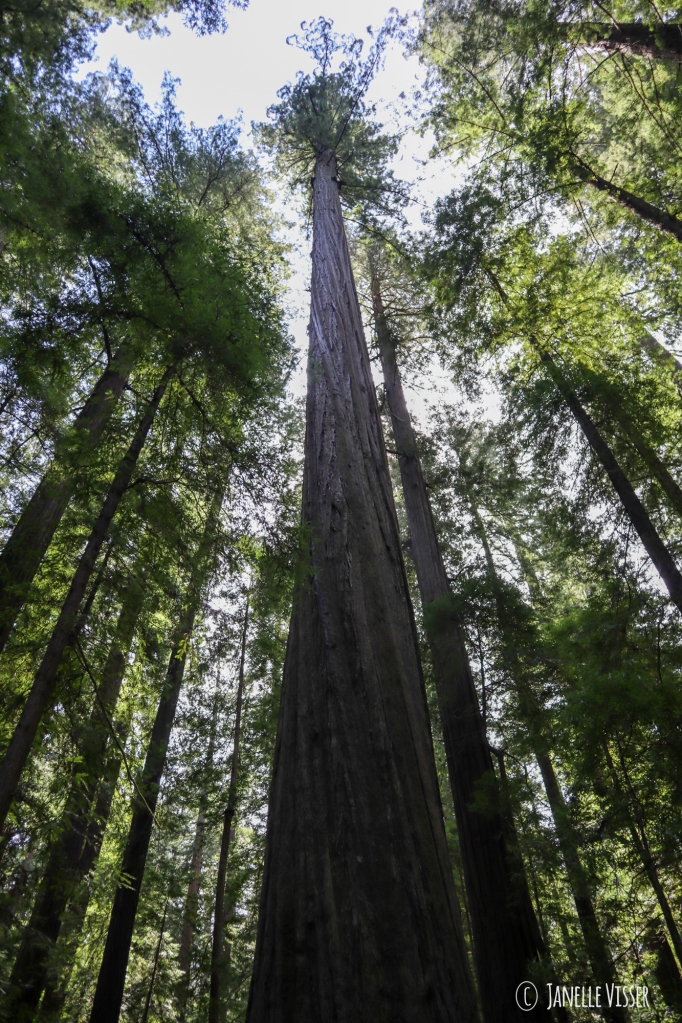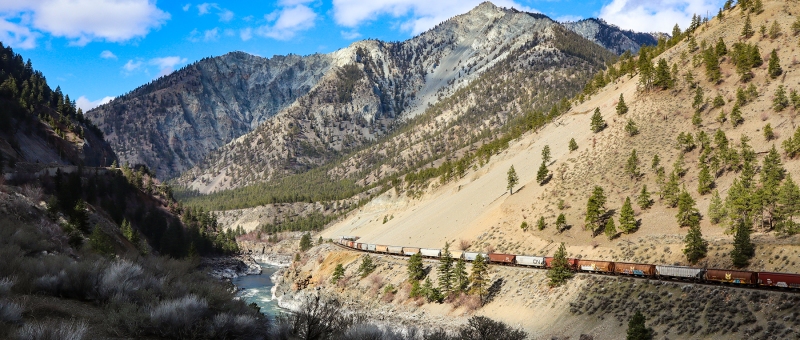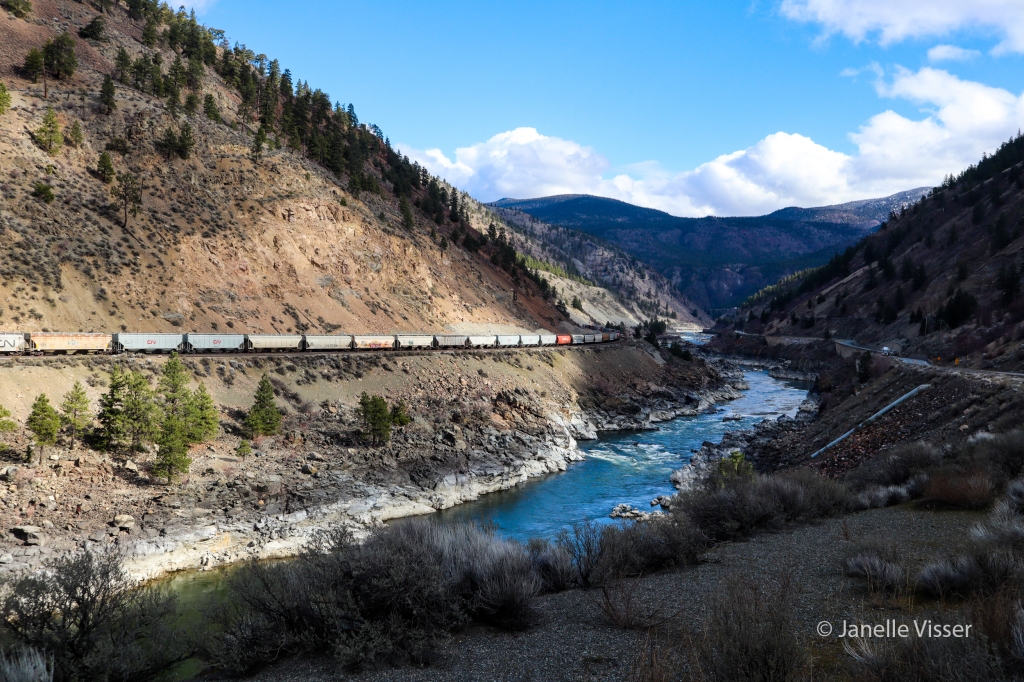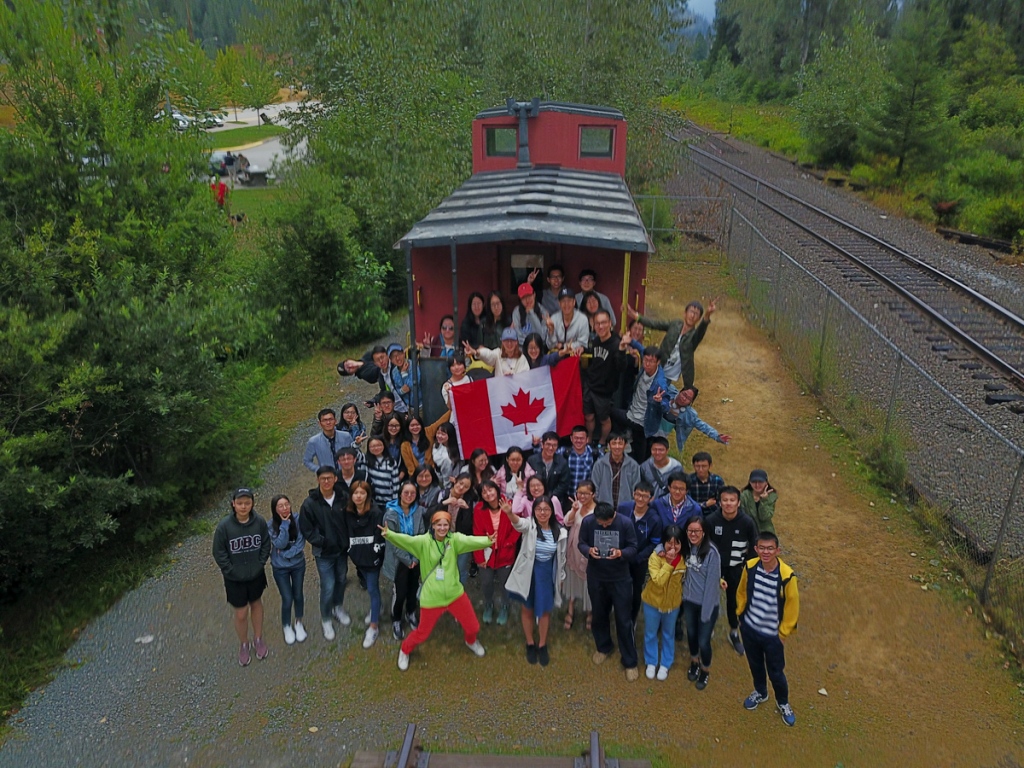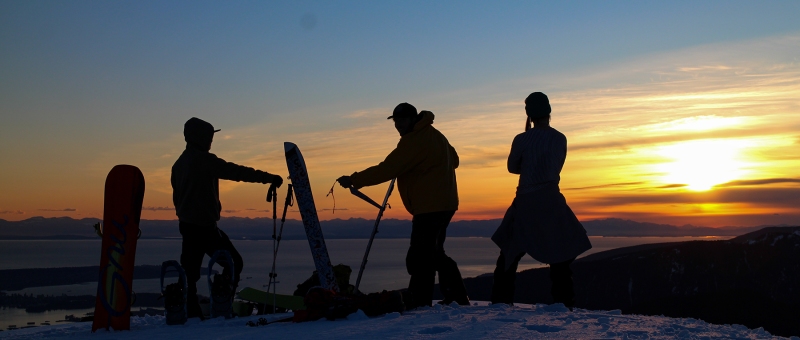One tour mascot’s journey through pandemic lockdown and tourism’s restart
Dorian the Beaver, the intrepid tour mascot, the unpretentiously adorable little beaver, has quite the story. Almost daily when travelling with him I am asked some variation of the question, “so what’s with the beaver?” I could attempt to tell his story, but it is not mine to tell. Dorian knows it better than I do, and he is perfectly capable of speaking for himself.
It was an oppressively humid day in Quebec City when we first met. The year was 2019. A group of overheated travellers wandered into the souvenir shop that was the only home I’d ever known. They locked eyes with me almost immediately and it was decided: I would join forces with them.
Once I emerged from the shop, I was introduced to the rest of the group who called themselves “Team Beaver,” and their trip leader “Mama Beaver.” Curious, as these travellers had neither fur not tails. As the only legitimate beaver among them, I was elevated to the most honoured position of Mascot.
It would not be until almost a week later that I would be granted my name. After travelling through Quebec, across the mighty Fleuve Saint-Laurent, and past New Brunswick’s five billion-some odd trees, we reached the shores of the Bay of Fundy in the quaint seaside town of St. Martin.
Shortly after we arrived, so did the hurricane.
Although we were supposed to camp in an oceanfront forest the night of the hurricane’s arrival – a prospect which greatly excited me, for it would be my first chance to truly sleep outside in nature – it was determined that we would instead stock up on something called “storm chips” – a maritime tradition – and remain inside the four walls of a St. Martin hostel in order to (and I quote) “hopefully not die.”
Hurricane Dorian battered us with wind and rain and pieces of trees, but Team Beaver was not daunted. We endured, coming even more closely bonded as a team, and in honour of our survival I was given the name that would now forever be mine: Dorian.
Our adventures continued: onward to Halifax for donairs and drunken revelry, up to Cape Breton to explore swimming holes and secret waterfalls, over to PEI to fall in love with the rustic red shores, and back through my home province of Quebec to complete our voyage in the largest city I’ve ever seen.
Sadly, it was in this “Toronto” (or is it “Torannah”?) that my team had to part ways. Our amazing east coast explorations were at an end. But what was to become of me?
“Dorian should guard the bus,” it was suggested, “until the next tour in Spring.”
And so I did. Fall turned to winter and the year turned from 2019 to 2020, and I bravely and faithfully stood guard. Winter turned to spring, and I eagerly anticipated the return of Mama Beaver to bring the bus – and me – on the next adventure.
You probably know what happened next. But hibernating in the quiet refuge of the tour bus, I had no news of the outside world. Spring turned to summer, summer to fall, and fall back to winter again. 2020 turned to 2021 and I began to wonder if something had happened to Mama Beaver, and what would become of me – would I spend the rest of my life alone in this cold, lifeless metal cage, staring out the window in hopeless unknowing?
Somehow, I knew I was not forgotten. I was the Mascot of Team Beaver. I was named after a hurricane. I would endure. I would survive.
Finally, winter turned to spring again and a male human — furrier than Mama Beaver but still, I’m pretty sure, a human — came to the bus. Mama Beaver had not forgotten me! She had just been waylaid by something — or someone — called “Pan Demmick.” Apparently, groups of travellers exploring together across six provinces was not a thing that was allowed by Pan Demmick, and she still — 1.5 years later — was not able to come to me. If Pan Demmick was a person, he – or she – was certainly a cruel tyrant. Mama Beaver probably needed me at her side. So, I decided, if she couldn’t come to me, I would brave Pan Demmick’s wrath and go to her instead.
With the help of the furry male human, I stowed myself away in a small bubble-coated envelope and boarded a flight to the west coast where Mama Beaver awaited my arrival.
After several days of getting jostled here and there, and many hours of rumblings louder than any the tour bus had ever emitted, I had no idea if I was on the right track, for I could see nothing from the darkness of my envelope.
I heard her before I saw her. “DORIAN IS HERE!!!” she shouted gleefully, when my package at last came to rest in her hands, and she carefully cut me free from my vessel.
It was a joyous reunion indeed, and I soon learned I had arrived just in time! In spite of Pan Demmick’s reign of terror, we were to set out on a new adventure, in a new (to me) bus, with a brand new group of travellers. It was to be Mama Beaver’s first tour since Pan Demmick locked her down, and as her faithful Mascot I would finally be restored to my rightful place at the front of the tour bus.
After countless requests from travelers, Dorian finally has his own instagram – Follow his continuing adventures: @dorianthebeaver!
















